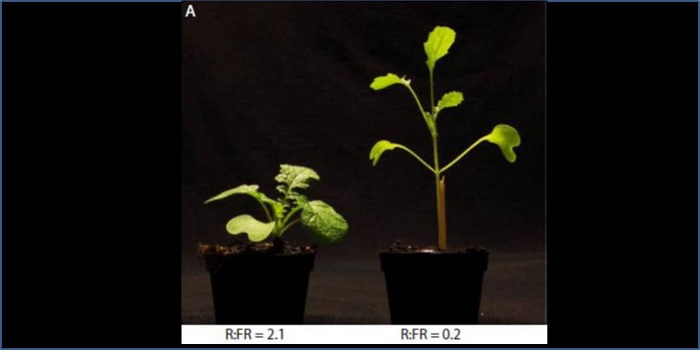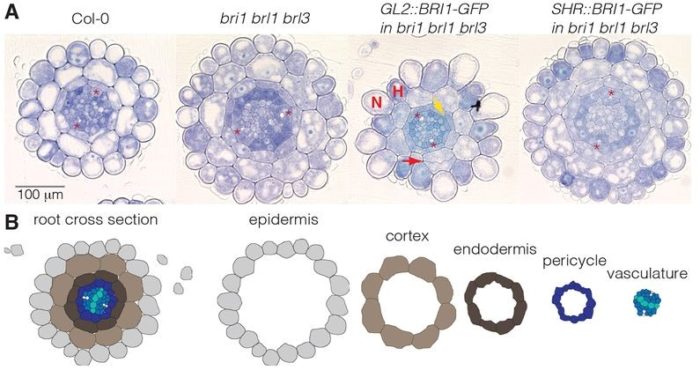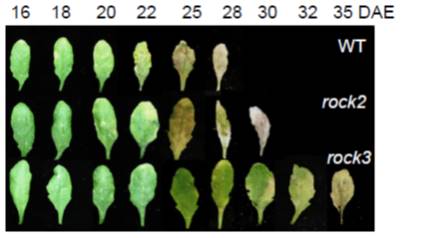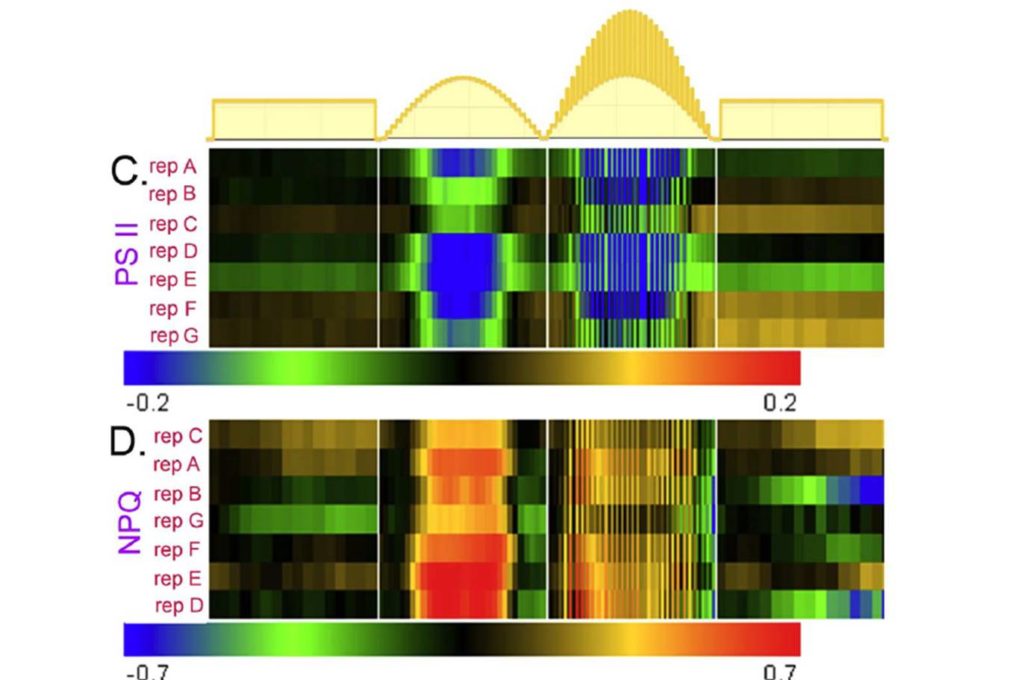
Three Reviews: Phytochrome, shade avoidance and far-red light ($)
Plant Science Research Weekly, ResearchPlant Cell Environ. has a set of reviews on light responses. Ballaré and Pierik (10.1111/pce.12914) review The shade avoidance syndrome: Multiple signals and ecological consequences, Sheerin and Hiltbrunner (10.1111/pce.12915) review the Molecular mechanisms and ecological function of far-red light…

Regulation of tulip flowering by temperature ($)
Plant Science Research Weekly, Research0 Comments
/
Cultivation of Tulipa gesneriana (tulip), an economically important species due to its ornamental value, can be affected by warming winters, leading to low quality flowers produced out of season. Leeggangers et al. have sequenced RNA and used top-down and bottom-up approaches in tulips grown in two contrasting…

Brassinosteroid signaling directs formative cell divisions and protophloem differentiation in Arabidopsis root meristems
Plant Science Research Weekly, ResearchIt’s been 20 years since the identification of BRI1, the first brassinosteroid (BR) receptor. Although many components of the BR signaling pathways have been identified, details continue to be revealed. Kang et al. examined the phenotype of a triple mutant, bri1 brl1 brl3, that lacks all three functional…

Gain-of-function variants of cytokinin receptors ($)
Plant Science Research Weekly, ResearchArabidopsis has three membrane-located, histidine-kinase cytokinin (CK) receptors (AHK2, 3, and 4). Loss-of-function mutants suggest that AHK2 and AHK3 function somewhat redundantly. To further explore the roles of these receptors, Bartrina and Jensen et al. isolated dominant gain-of-function mutants,…

Review: Dark signaling in plants ($)
Plant Science Research Weekly, ResearchPlants use light as a source of energy and information; however, they are also sensitive and respond to light/dark diurnal cycling, with many processes happening during the dark phase of the diurnal cycle. In this review, Seluzicki et al. emphasize the importance of studying and understanding what…

A shadow detector for photosynthesis efficiency ($)
Plant Science Research Weekly, ResearchEfficient photosynthesis demands that plants have the capacity to capture photons when they are scarce, but at the same time not suffer damage from capturing more light energy than they are able to assimilate. To accomplish this, leaves need to be able to differentiate between a steady light level and…

Fine-tuning plant growth in the face of drought
Research, The Plant Cell, The Plant Cell: In BriefIN BRIEF by Kathleen L. Farquharson [email protected]
Limiting shoot growth is an important survival strategy for plants during times of drought; smaller leaves mean that less water is lost through transpiration and more is retained in the soil. As drought stress restricts both cell division and…

UV-B perceived by the UVR8 photoreceptor inhibits plant thermomorphogenesis
Plant Science Research Weekly, ResearchAmbient temperature can influence plant architecture, an effect termed thermomorphogenesis. In A. thaliana, thermomorphogenesis phenotypes include stem elongation and changes in leaf elevation angles. Increased auxin biosynthesis involving the transcription factor PIF4 is required for thermomorphogenesis,…

Review: Nitrogen sensing in legumes ($)
Plant Science Research Weekly, ResearchAs a consequence of their ability to fix nitrogen in symbiosis with bacteria, legumes make key contributions to ecosystems and provide protein-rich foods for humans and other animals. Recent years have uncovered the nature of the signals involved in the cross-kingdom dialogues that occur between plant…

